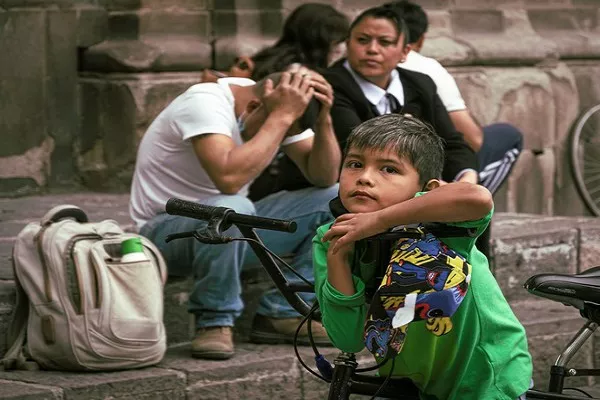In a significant step for mental health services in Santa Barbara County, the Board of Supervisors recently reviewed the potential allocation of funds from Proposition 1, a $3.3 billion measure approved by California voters during the March primary election. The proposition aims to fund mental health treatment facilities across the state, and Santa Barbara County is now working to secure a share of that funding. However, what appeared to be a straightforward request to approve grant applications quickly became a complex discussion about the logistics and challenges of utilizing these funds effectively.
Toni Navarro, the director of Behavioral Wellness (BWell), presented the details during the Tuesday Board of Supervisors meeting, emphasizing that the process of building mental health facilities is far from simple. While mental health advocates urged the Board to approve applications with clear and specific details about what each grant would fund, Navarro explained that her team had not yet finalized the exact plans or determined the amount of money the county would request.
Navarro noted that one of the primary complications stems from changes in Proposition 1’s funding structure, which will take effect in 2026. These changes, along with ongoing discussions about federal funding sources for various types of mental health facilities—such as rehabilitation centers versus crisis centers—require careful consideration as the county formulates its plans.
For instance, BWell intends to expand its existing acute-care facility, the Psychiatric Health Facility (PHF), which currently has 16 beds. The plan is to add eight more beds to this facility, which is housed in the old county hospital. However, the need for more services, particularly for those in acute crisis, remains a point of contention for some advocates. Many have called for a locked facility where patients who lack insight into their illness could be treated involuntarily. While Navarro acknowledged the importance of this request, she emphasized the need for a comprehensive approach: after a patient stabilizes in the PHF unit, they require continued care in a subacute setting. This would be the goal of the new facility BWell hopes to develop if the grant application is approved.
Another key topic discussed was the future of the sobering center, which is currently operating out of temporary quarters after flooding caused damage to its previous location. According to Navarro, the grants would seek to secure a permanent location for this center. “We have to think long-term about how programs are funded and how we can sustain facilities like the sobering center,” Navarro said. This facility serves both the general public and incarcerated populations in need of immediate care for substance abuse issues, and finding a long-term solution is crucial for maintaining the county’s mental health infrastructure.
Navarro further explained that while the application process is still in its early stages, her team is working diligently to finalize the plans and meet the December 13 deadline for submitting architectural designs and grant applications. She assured the Supervisors that BWell would be ready to complete the application in the coming weeks and would continue to refine the details of the proposals to ensure they meet the needs of the community.
As Santa Barbara County works to secure its share of Proposition 1 funds, the complexity of the mental health infrastructure and the diverse needs of the local population remain central to the conversation. With the potential for expanding services across both North and South County, the upcoming grant application represents a critical opportunity to address some of the county’s most pressing mental health challenges. However, as Navarro’s comments made clear, a careful, strategic approach is needed to ensure that these funds are used effectively and sustainably in the years to come.
Related topics:




























